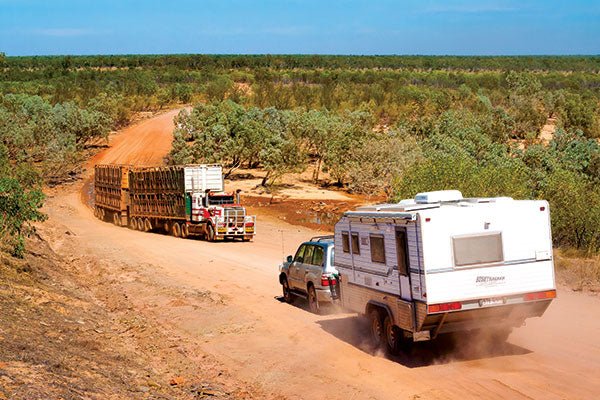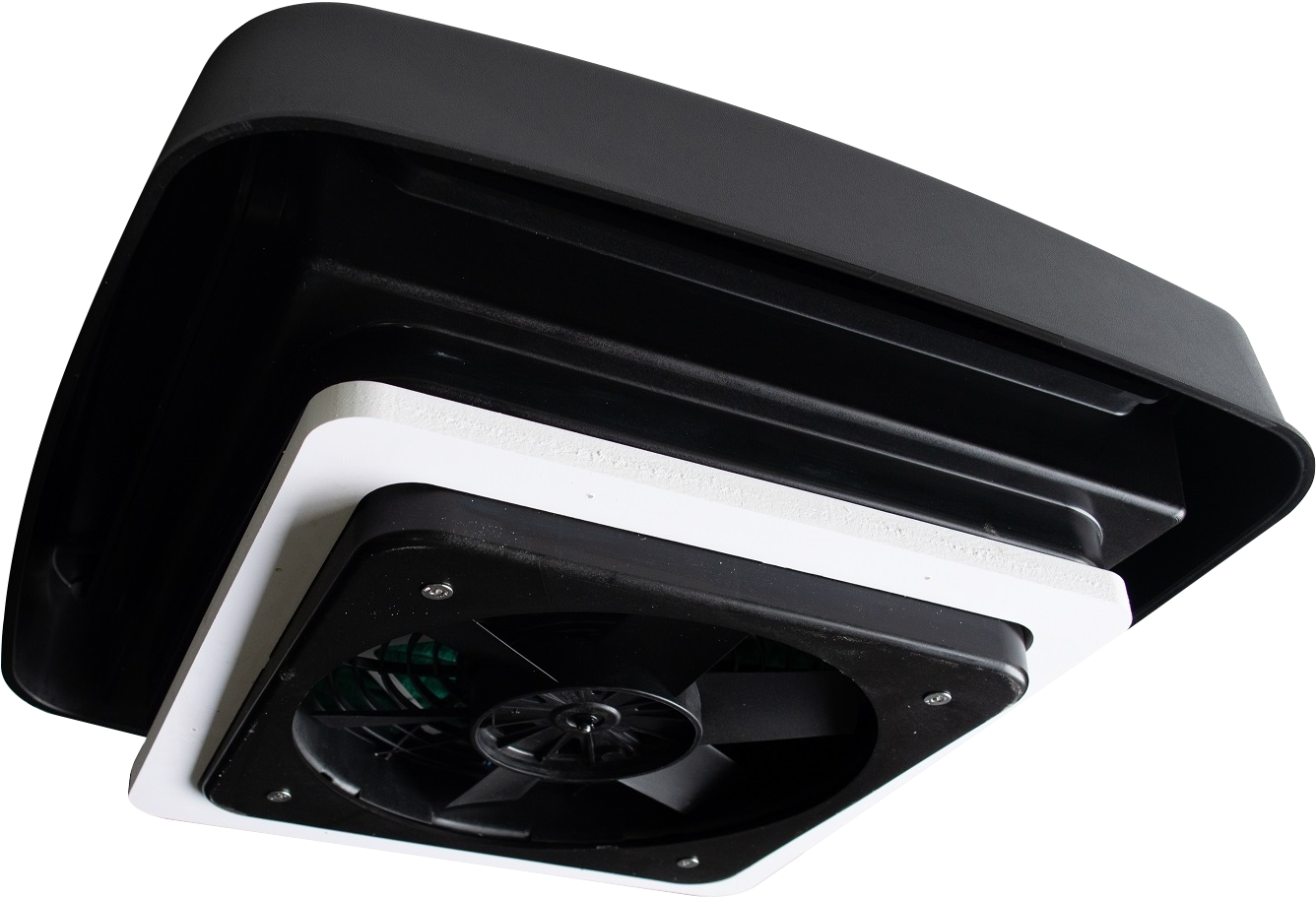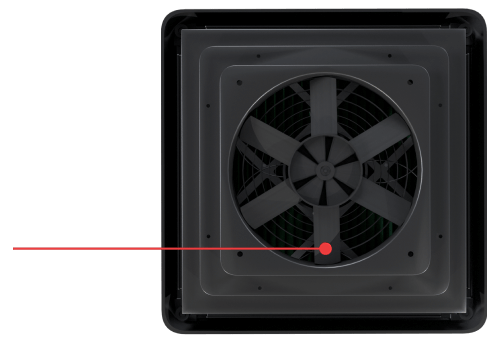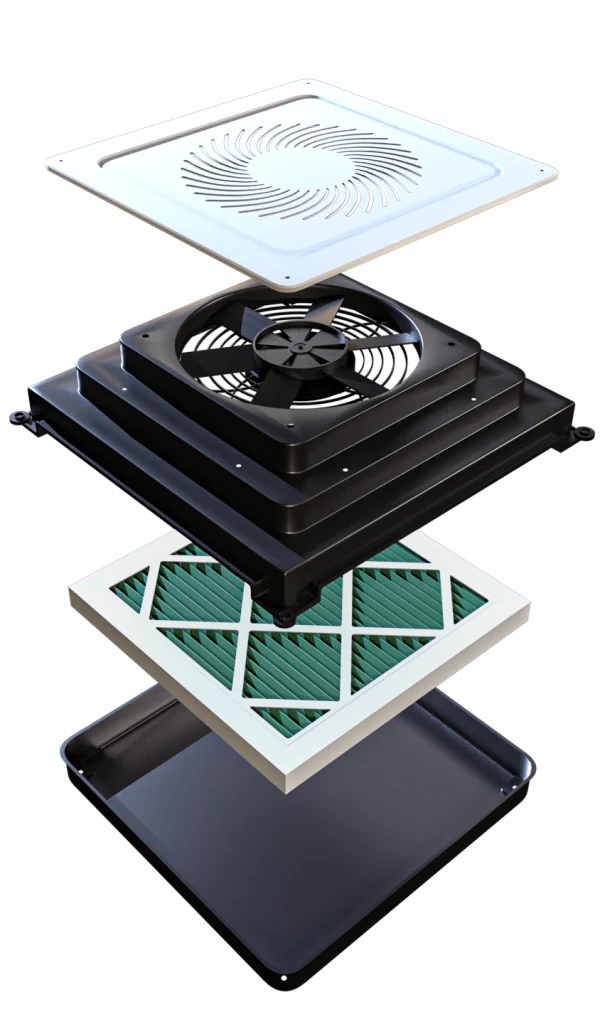Why Dust Always Finds Its Way Into Your Caravan
Author: Kieren Binion

source: https://caravanworld.com.au/blogs/reviews/travelling-dust-free?srsltid=AfmBOop_gWqDS9OJx5LJdzHs8BWqDMdVNa3ZS_kSI0u0ULVg8CHdgHMM
You’re parked off-grid in the middle of the outback. The van is sealed tight, doors closed, windows latched. Yet somehow, you open a cupboard or sit on the lounge and there it is, a fine layer of red dust. If you’ve experienced this, you’re not alone. Dust ingress is one of the most common and frustrating problems for caravanners travelling Australia.
If you’ve been looking into a caravan dust reduction system, here’s what you need to know before putting your money down.
How Does Dust Get Into a Sealed Caravan?
Even with decent seals and solid construction, dust still finds a way inside. That’s because air always moves from high pressure to low. If the air pressure outside your van is greater than the pressure inside, it forces air and dust through any available gaps.
The usual suspects include:
- Door and window seals
- Roof hatches and static vents
- Appliance cutouts and service ports
- Plumbing and electrical passthroughs
If your van doesn’t have positive pressure working in your favour, it’s basically sucking dust in.
Why Is Red Dust Such a Problem in Australia?
Red dust is infamous across the country for three reasons:
- It’s ultrafine and sneaks through the smallest gaps
- It’s abrasive and wears down everything it touches
- It’s airborne and gets everywhere once disturbed
Once inside, it settles into upholstery, electronics, vents and hard-to-reach spots. It’s not just annoying, it shortens the lifespan of your gear.
Where Does Dust Sneak In?
Even if your van looks sealed, chances are it has dozens of little entry points. These include:
- Door seals
- Window frames
- Roof vents
- Gas and water access hatches
- Cable and pipe entry holes
You can plug up most of them, but without controlling pressure, you’re fighting a losing battle.
Does Speed and Wind Make It Worse?
Absolutely. Towing your van at speed creates turbulence and suction around the body. That difference in pressure sucks air and dust straight through whatever tiny cracks exist.
Strong winds while parked can be just as bad. Gusts push air into the van through any spot that isn’t sealed tight, and there are always a few.
Can Dust Enter When the Van Is Parked?
Yes, and this is where most standard dust systems fall short. Passive caravan dust reduction systems only work when the van is moving. The second you pull up and stop, they stop helping.
To protect your van when you’re parked, you need something active. The HTP Cabin Pressure System is built for this exact scenario. It forces clean, filtered air into your van using a fan to build positive pressure. That pressure keeps dust out whether you’re flying down a dirt road or stopped for the night.

Are Passive Systems Effective?
They help while towing, sure. Passive systems work by using forward airflow to pressurise the van. But there are a few problems:
- They only work while the van is moving
- Crosswinds and road conditions reduce their effectiveness
- Pressure isn't consistent or reliable
They’re better than nothing, but they’re not a complete solution, especially if you spend time off-grid or camp in dusty areas.
Passive vs Active: Side-by-Side Comparison
|
Feature |
Passive System |
Active Pressure System (e.g.) HTP CPU |
|
Works while driving |
Yes |
Yes |
|
Works while parked |
No |
Yes |
|
Fan-powered airflow |
No |
Yes |
|
Creates positive pressure |
No |
Yes |
|
Filters ultra-fine dust |
Varies |
Yes |
What Is Positive Pressure?
Positive pressure means that clean, filtered air is being pushed into your van faster than it can escape. This outward pressure stops dirty air and dust from sneaking in through cracks, vents or joins.
You can only maintain this kind of control with a fan-powered system that works even when you’re stopped. It’s the only way to fully protect your van, on the move or not.

What Should You Look For in a Caravan Dust Reduction System?
A good system doesn’t just slap on a vent and hope for the best. Here’s what actually matters:
Fan-powered operation
You want a system that actively pushes air into the van, whether you’re moving or not. If it only works while towing, you’re missing half the battle.
Serious filtration
Look for HEPA-grade or similar filters that can catch ultrafine red dust. Mesh filters won’t cut it in the outback.
Built for Aussie roads
Make sure the unit can take a beating: heat, vibration, rain, and the dust itself. Plastic that warps or seals that perish aren’t worth your time.
Real-world testing
Marketing buzzwords don’t mean much unless the system has been proven in harsh conditions. Look for field-tested products that have run the gauntlet in Australia.
Low maintenance
You don’t want to spend hours cleaning or fixing the thing. Stick to systems that are simple, with filters you can swap out easily and minimal power draw.
Is It Worth the Investment?
If you spend time in dusty places, then yes. 100 percent. An active caravan dust reduction system will:
- Keep your van cleaner for longer
- Protect your electronics, furniture, bedding and gear
- Improve air quality, especially for kids or people with asthma
- Save you hours of cleanup and repair down the track
You don’t notice how valuable it is until you have it.
Conclusion: Don’t Settle for Dust
Even the best-built vans are no match for Australian dust without a proper pressure system in place. Passive vents and DIY seals help a bit, but they don’t solve the whole problem.
If you’re serious about travelling tough roads and staying off-grid, then do it properly. Choose a system that protects your van from the inside out, no matter where you pull up. For dust protection systems and gear built for Australian conditions, visit homeandrv.com.au.

